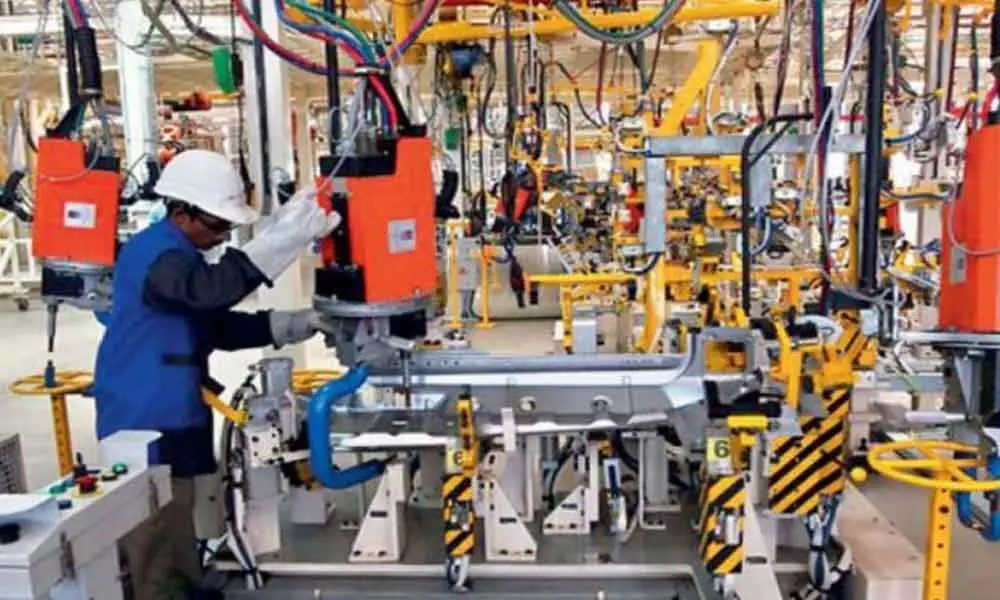Manufacturing has long been viewed as the backbone of economic growth, but it often comes at an environmental cost. Today, however, green manufacturing is proving that ethical responsibility and business success can go hand in hand. By adopting environmentally conscious practices, manufacturers can not only reduce their ecological footprint but also unlock significant opportunities for growth.
In fact, forward-thinking businesses are demonstrating that sustainability isn’t just good for the planet, it’s also a competitive advantage.
Here’s how green manufacturing is aligning ethics with business growth and reshaping the industry for the better.
1. Reducing Environmental Impact
At its core, green manufacturing minimizes the environmental harm caused by traditional industrial operations. This includes reducing greenhouse gas emissions, cutting down on waste, and conserving natural resources.
For instance, using energy-efficient machinery, implementing renewable energy solutions, or adopting circular manufacturing processes can drastically lower a company’s carbon footprint. An automotive manufacturer might recycle materials like aluminum or steel to produce new components, reducing the need for raw materials and lowering emissions.
By prioritizing sustainable practices, businesses contribute to global environmental goals while also positioning themselves as responsible corporate citizens.
2. Improving Operational Efficiency
Efficiency and sustainability often go hand in hand. Green manufacturing drives companies to reevaluate their processes, uncovering ways to save energy, reduce waste, and streamline operations.
For example, switching to energy-efficient equipment or optimizing resource usage can result in lower utility costs, directly improving a company’s bottom line. Similarly, waste reduction initiatives can lead to savings by repurposing by-products instead of disposing of them.
These improvements aren’t just cost-saving measures, they also enhance productivity, allowing businesses to operate more effectively and remain competitive.

3. Meeting Consumer Demand for Sustainability
Today’s consumers are more environmentally conscious than ever before. They actively seek brands that reflect their values and show a commitment to sustainability. A Nielsen study revealed that a significant percentage of consumers are willing to pay more for sustainable products, making it clear that green practices resonate with the market.
Green manufacturing enables businesses to meet this growing demand by offering eco-friendly products that appeal to conscious consumers. Whether it’s biodegradable packaging, sustainably sourced materials, or transparent supply chains, businesses that prioritize sustainability often see stronger customer loyalty and increased sales.
4. Enhancing Brand Reputation
Sustainability isn’t just about processes; it’s a story that businesses can share with their audience. Companies that demonstrate a genuine commitment to green manufacturing often enjoy a boost in brand reputation.
For instance, publicizing milestones such as achieving zero-waste production or reducing energy consumption builds trust with stakeholders. A strong, sustainability-focused reputation can attract investors, secure contracts with environmentally conscious partners, and strengthen relationships with communities.
Businesses that lead the charge in green manufacturing also benefit from being seen as innovators, gaining a distinct edge in competitive markets.
5. Fostering Innovation
Sustainability challenges businesses to think outside the box and pursue innovative solutions. Green manufacturing often drives research and development, resulting in groundbreaking technologies and processes that reshape entire industries.
For example, many manufacturers are investing in biodegradable materials or exploring advanced recycling technologies to align with circular economy principles. Such innovations create new opportunities, helping businesses stay ahead of the curve and unlock additional growth potential.
By adopting green practices, companies innovate not just for survival but for long-term success, driving both environmental and economic benefits.
Conclusion
Green manufacturing proves that sustainability and growth can coexist harmoniously. By reducing environmental impact, improving efficiency, meeting consumer expectations, boosting brand reputation, and driving innovation, businesses can align their ethics with profitability.
The transition to sustainable practices has become a necessary step for any manufacturer looking to remain relevant in today’s market. Business leaders who invest in green manufacturing aren’t just preparing for a better future, they’re actively creating one.




Leave a Reply